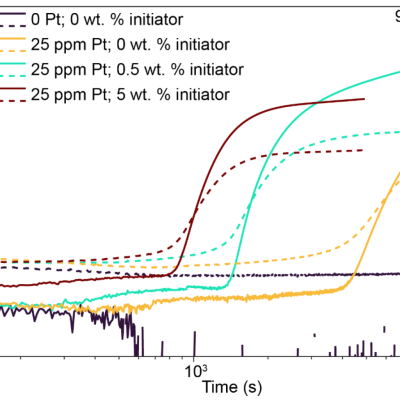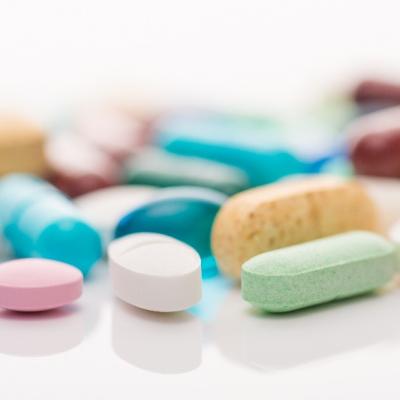LLNL researchers have developed a technology suite that includes several methods for detecting trace levels of illicit drugs even in mixtures. These methods can be used as a rapid screening test for incoming samples; for the samples that were determined to contain detectable amounts, they would undergo final verification using conventional laboratory analytical techniques.
Keywords
- Show all (116)
- Additive Manufacturing (54)
- Synthesis and Processing (20)
- 3D Printing (8)
- Materials for Energy Products (6)
- Material Design (4)
- Manufacturing Automation (3)
- Microfabrication (3)
- Additively Manufactured (AM) Optics (2)
- Manufacturing Improvements (2)
- Membranes (2)
- Rare Earth Elements (REEs) (2)
- Volumetric Additive Manufacturing (2)
- Direct Air Capture (1)
- Electric Grid (1)
- Inertial Confinement Fusion (ICF) (1)
- Inertial Fusion Energy (IFE) (1)
- Magnet Compositions (1)
- Manufacturing Simulation (1)
- Precision Engineering (1)
- (-) Material Characterization (1)
Image

The approach is to use peroxides to modify the reaction kinetics in the production of polysiloxanes. A radical initiator in the presence of a hydride-terminated polysiloxane will increase the rate of curing and reduce manufacturing costs. At a minimum a formulation would contain a hydride-terminated polysiloxane, a platinum catalyst, and an initiator that generates radicals. …


